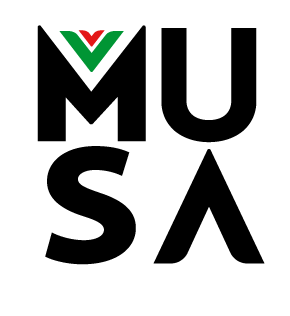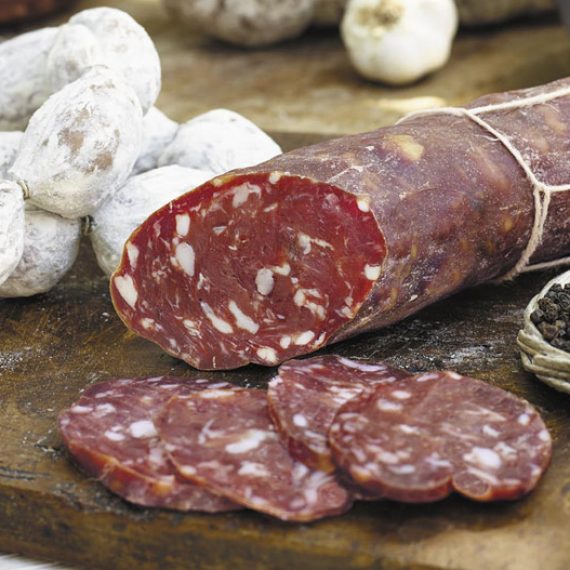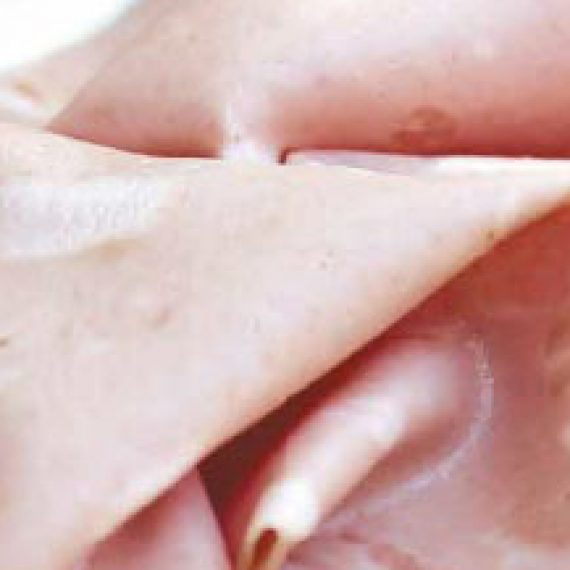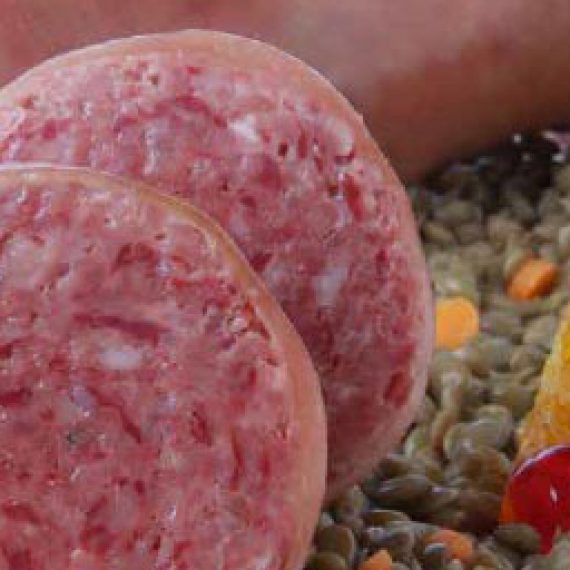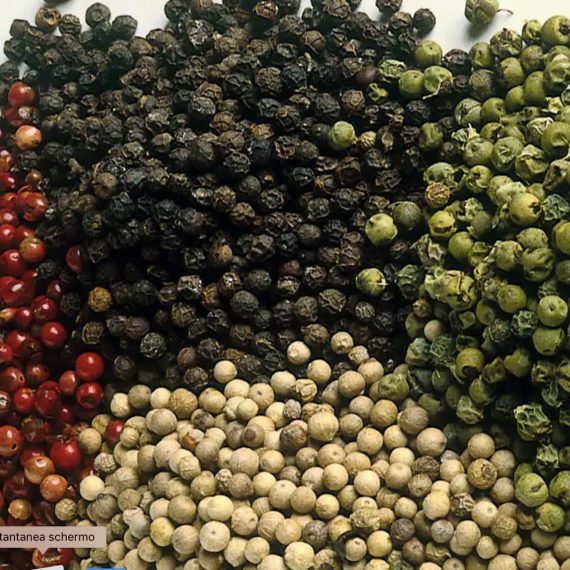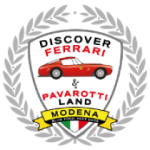Salami is made of a fine cut of meat, minced, enclosed in a casing, then cured.
It is not only part of the history and culinary culture of Emilia, but also part of the region’s art. For instance, sculptures of charcuterie making traced back to the 13th century can be found inside the Baptistry of Parma and the Duomo of Fidenza; even on the door of the Duomo of Modena a man sitting on a stool trimming a pork leg is depicted.
Also, in 1598 in Modena the guild of sausage and lard makers passed a statute that regulated the profession and the materials used. These artisans developed traditional methods of production and set the base for charcuterie production.
In the Annals of Cavitelli published in 1583 in Cremona, the author writes about “a type of pork or beef sausage made with meat, cut in tiny pieces, minced, and mixed with pepper or ginger powder, cinnamon, and other aromas, encased in animal bowels, trussed and immediately boiled or roasted, then served on the tables and eaten by patrons”. Until the mid 1800s, charcuterie was eaten cooked; only later the custom of “curing” began.
Another area famous for salami is Parma, specifically the town of Felino. The origins of salame felino are recorded in a manual published in 1581 and written by Vincenzo Cervio, a cook at the Court of Farnese. The cook refers to salame felino as a foodstuff made with meat and pork fat, seasoned with salt, grain pepper, enclosed in a casing, and let to cure. Salami was always served at the lavish tables at the court of the Farnese, Borbone, and duchess Maria Louise of Austria. In 1822 with a sovereign act, Maria Louise established the market in Felino where salami was sold. Maria Louise was an illuminated and forward-thinking sovereign indeed. Also, at the court of Este in Ferrara, charcuterie was widely consumed, especially the famous “salama da sugo” made of rich and tender meat scented with spices and strong red wine.
Until the mid 1900s, machines were not widely used in the making of salami or other types of charcuterie. It is only the 1960s that technological innovation in production gained significant importance. Nevertheless, craftsmanship is still considered a significant component in today’s charcuterie industry and highlights the difference between purely processed and traditionally made food.
